Being Relentless – Shafer Vineyards’ Doug Shafer Shares his Views on Wine, Sideways, Hydrogen Sulphide, and How to Steal 300 Gallons of Excellent Cab to Make a Port
#3 of 5. John Shafer started Shafer Vineyards in 1974. In 1984 he was joined by his son Doug Shafer, who now runs the winery. BKWine’s Ulf Bengtsson met Doug Shafer over a wine tasting and lunch. In this third of five articles we learn about relentlessly pursuing quality in wine and of a talented winemaker. As well as how a realistic accountant made it all happen, together with the importance of a sister prepared to do an emergency transport of dynamite in the trunk.
This is the third of four in a series of articles on Shafer Vineyards. Read them all!:
- Shafer Vineyards (1/5): Becoming a winemaker, and Chardonnay 2012
- Shafer Vineyards (2/5): A catastrophic vintage and the mysterious Stags Leap, and 2011 One Point Five
- Shafer Vineyards (3/5): The quest for perfection and a talented winemaker (this article)
- Shafer Vineyards (4/5): Opening 9000 cases of merlot and cabernet
- Shafer Vineyards (5/5): Californian port, stolen grapes and terroir
2010 Relentless — and Mr Fernandez’ quest for perfection
2010 was a cool year, not as tough as 2011, but by Napa standards definitely cooler. 2010 Relentless is syrah and petite sirah (aka durif), ninety-six percent syrah and four percent petit sirah. It is named after Shafer Vineyard’s winemaker, Elias Fernandez, in honour of his relentless pursuit of quality and of making the perfect wine.
Elias Fernandez has been at Shafer Vineyards for more than 30 years, currently as winemaker. His father came from Mexico and his mother was born in Napa Valley. Both had worked as labourers in the grape farming business.
His love for music brought him a Fulbright music scholarship to attend the jazz program at the University of Nevada, Reno, but after a year he began to feel an urge to return to his agricultural roots. In 1981 he enrolled as a student at UC Davies, with the aim of becoming a winemaker. Shortly before graduation in 1984, he was hired as assistant winemaker at Shafer Vineyards working with Doug Shafer.
For the next ten years, Elias Fernandez worked alongside John and Doug Shafer, learning all about wine. Not entirely without certain hardship, though. When Elias joined in 1984 the winery had only been running for about five years. John and Doug Shafer had only a few years of winemaking experience. So sometimes it was tough.
Somewhere around 1994 Elias had been offered a job as a winemaker at another firm and was seriously thinking of accepting it. But John Shafer convinced him of staying, making him winemaker. At the same time John Shafer was appointed chairman and Doug Shafer president.
Privately a rather quiet guy, Elias Fernandez is often quoted as a brilliant winemaker and has been named “Winemaker of the Year.” In 2002 he accepted a prestigious “Hall of Fame” award from the Hispanic Scholarship Fund in Washington D.C. and attended a White House reception hosted by President George W. Bush.
On Shafer Vineyards webpage, Elias Fernandez is described with the words “No detail is too small. On bottling days he arrives at the winery at 5 AM and personally steam cleans every fitting and every hose that comes in contact with the wine. He inspects every oak barrel and mandates ultra-high quality from all our suppliers. To maintain quality in our corks he worked meticulously with our supplier to re-invent every step a cork makes from the cork forests of Portugal to their arrival on our doorstep. Our suppliers describe Elias as ‘disciplined’, ‘focused’, ‘extraordinarily organized’, ‘pain in the neck’ and ‘very demanding’. In other words, relentless.“
The pain in the neck theme was actually a not serious name suggestion by both John and Doug Shafer. Doug jokes about this in his book. Supposedly John Shafer had very joyfully exclaimed “we can’t call it ‘pain in the neck’!” And Doug said at the tasting, also very joyfully, “I wanted to call it Junk Yard Dog… do you know what a junk yard dog is? It is a persistent little dog that goes around nagging everyone. That is Elias.”
2009 Hillside Select and 2003 Hillside Select — and starting from scratch
Back to 1972. John Shafer returned from California, having found the perfect site for his vineyard. Everything seemed to be in place, it was just a matter of deciding. He put together a business plan, with all the numbers, and headed over to his accountant’s office. The accountant looked at the numbers, took off his glasses and plainly stated that there was no way of telling of this was going to fly or not.
Anyone can put together a business plan, he said. Not the news John Shafer wanted to hear. But “As dad headed for the door, however, the accountant stepped outside his role as a financial analyst, and he said rather wistfully, ‘you know John, you only go around once.’ Years later, dad told me, ‘that’s what made it.’ The featherweight of those words tipped the scale.”
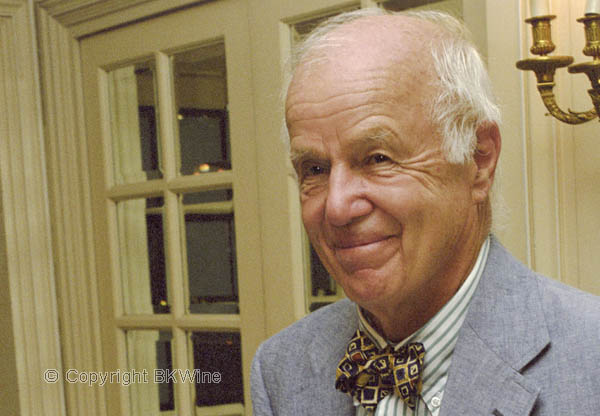
The first item on the agenda was deciding which grapes to grow. The vineyard was planted with zinfandel and carignan, both beyond their prime. So some sort of replantation had to be made. The second item was expanding the vineyard, in this case up the Stags Leap Palisades, the surrounding rugged hillsides that John Shafer had fallen for and where they thought they would get best quality. Both were dicey tasks, on the one hand trying to predict future consumer taste, on the other deciding which grapes would grow best on the site.
However, deciding on which grape turned out to be an easy one. It was tempting to replant with zinfandel, mostly because at the time there was no winery and the crop was going to be sold. Since you were paid by weight, and zinfandel was a heavy grape, this would mean more dollars. But John Shafer had always had his mind on growing cabernet sauvignon, especially up the hillsides, and dreamt of building a winery, focusing on world class cabernet sauvignon from the vines he thought to establish on the hillsides.
In his book Doug Shafer describes a dinner at their neighbour’s, Nathan Fay. In 1961 he was the first grower to plant cabernet sauvignon in the cooler area of Stags Leap District. He kept a little fruit for himself to make wine for friends and guests. Doug writes that one evening they were invited to dinner at the Fays’ and Nathan Fay poured his own 1968 cab. “Dad still remembers this as a stunning wine. Rich and delicious with a lot of lush, dark fruit.”
Building a winery did not have to happen at once, especially not with borrowed money. That could end up in a corporate strangle hold he had extricated himself from back at Scott Foresman. So there was no rush establishing the winery.
Clearing and preparing the hillsides for grape growing was hard labour. Much of it had to be terraced, which none of the Shafers knew anything about to do. But Louis P. Martini, a friend of John Shafer, showed them how to terrace. Doug recalls that some of the early summers were spent on the hillsides, hauling rocks.
Some blasting had also to be done, so Doug’s sister Libby had to drive from San Francisco with her car stuffed with dynamite. More hardship followed. The irrigation system literally blew to pieces while testing, and stags found a previously undetected hole in the fence and ate all the newly planted vines.
But in the end the hillsides were planted with cabernet sauvignon and a few years later it was time to harvest. Instead of selling the crop, John Shafer decided to make wine from it. At the time, there was no winery at Shafer Vineyards, so the fruit had to be loaded onto trucks and hauled around Napa Valley to facilities where it could be crushed, fermented and put in barrels.
After a series of unexpected turns – including having to heat the barrels with electric blankets in order to achieve second fermentation – the first vintage (the electric blanket vintage) was finalized. This was 1978.
Turning to my two glasses, I have the 2003 and the 2009 Hillside Select in front of me. Hillside select is 100 percent cabernet, all from the rugged hillside vineyards. Basically a boxed canyon, facing south, southeast.
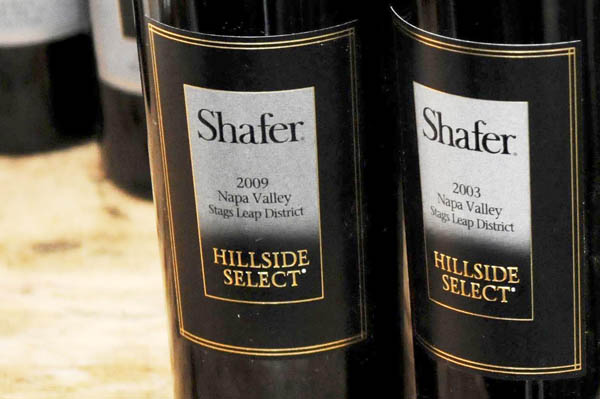
Doug gives me an introduction to the wines:
“We have about eight or ten different vineyard blocks on the home range and we select the best grapes every year to make this wine. It is our top wine. We have been making it since 1983. It has had a wonderful success. It has been wonderful to have this happen with my dad – he’ll be 90 in October – to be a part of the world stage. At least people told me we are. That’s kind of cool, because, let me tell you, the first nine years were pretty damn ugly.”
Both are fabulous wines. Powerful, rich, beautiful fruit, lush, sweet tannins. Everything you want from a red wine. It does not get better than this. The 2009 is of course more tannic, the 2003 is full-bodied and open. Such wonderful wines, such a privilege to have had the opportunity to taste them.
This is the third of four in a series of articles on Shafer Vineyards. Read them all!:
- Shafer Vineyards (1/5): Becoming a winemaker, and Chardonnay 2012
- Shafer Vineyards (2/5): A catastrophic vintage and the mysterious Stags Leap, and 2011 One Point Five
- Shafer Vineyards (3/5): The quest for perfection and a talented winemaker (this article)
- Shafer Vineyards (4/5): Opening 9000 cases of merlot and cabernet
- Shafer Vineyards (5/5): Californian port, stolen grapes and terroir
Ulf Bengtsson writes about wine under the pseudonym Red Scream on his blog Red Scream and Riesling, on wine, food, photography and other things that are important in life. Like detective novels, taking long walks in Stockholm and the occasional burst of exercise. He is also on Facebook.
[box type=”info” style=”rounded” border=”full”]BKWine organises wine tours, with wine tastings and winery visits, for wine lovers to many of the world’s wine regions but currently we do not offer any wine tours to California. Contact us if you are interested in a custom designed wine tour to California or to any other wine region in the world.
Travel to the world’s wine regions with the experts on wine and the specialist on wine tours.
The ultimate wine travel experience![/box]


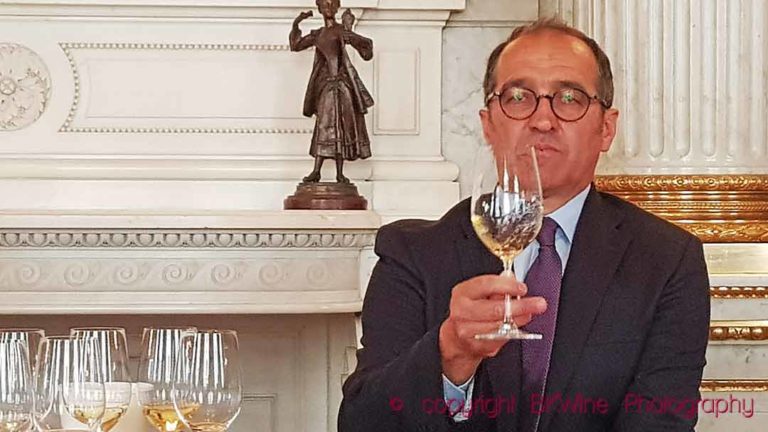
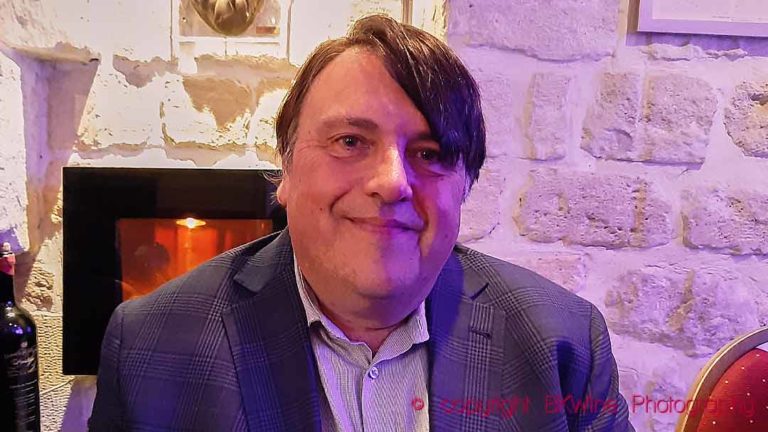
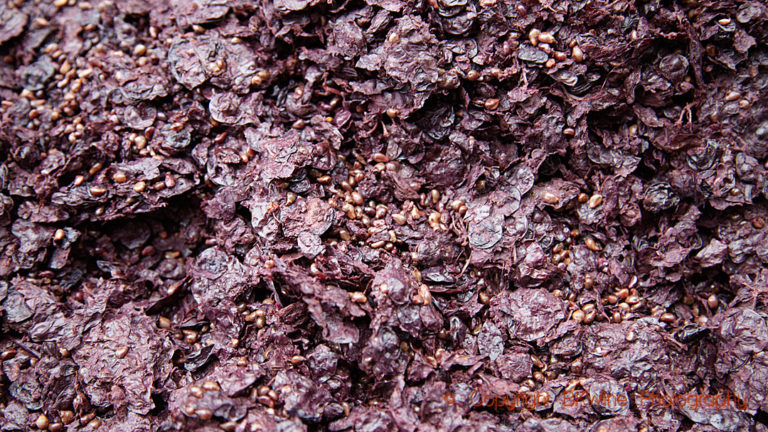




One Response